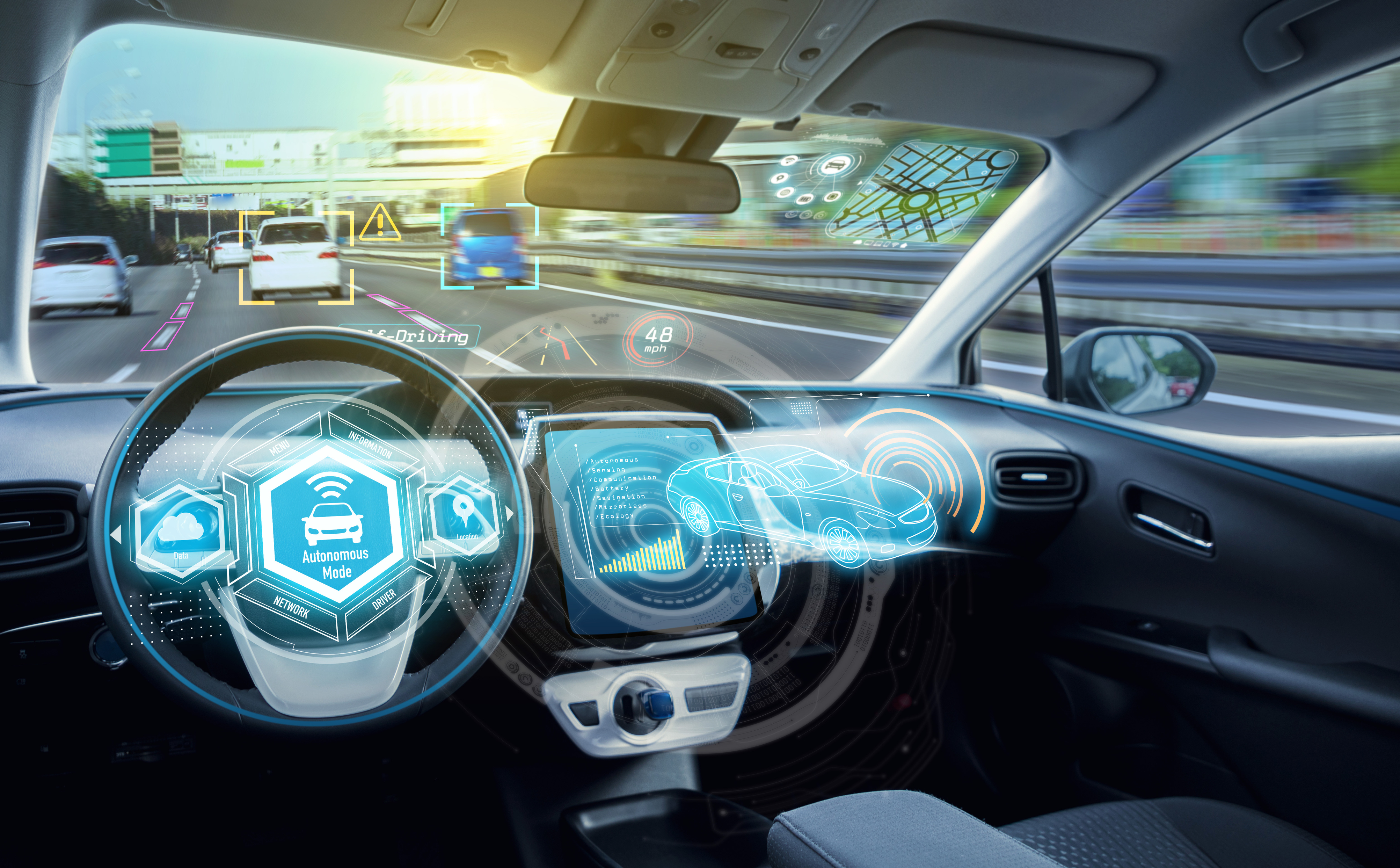Index Surge: Amplifying Your Insights
Stay updated with the latest trends and news across various industries.
Are We Ready to Ride? The Truth About Autonomous Vehicles
Explore the future of transportation! Are we ready for autonomous vehicles? Discover the truth and what it means for you!
The Future of Transportation: How Close Are We to Fully Autonomous Vehicles?
The future of transportation is rapidly evolving, thanks to relentless advancements in technology. One of the most significant developments is the push towards fully autonomous vehicles, which promise to revolutionize how we travel. Companies like Tesla, Waymo, and traditional automakers are investing heavily in research and development to bring these vehicles to market. Recent studies suggest that we may see limited deployments of autonomous vehicles within the next decade, particularly in urban areas where the potential to alleviate traffic congestion and enhance safety is greatest.
While the timeline for fully autonomous vehicles varies among experts, several key factors will play a role in their widespread adoption. These include improvements in artificial intelligence, enhanced vehicle-to-vehicle communication, and robust legal frameworks governing the use of self-driving cars. Industry analysts predict that as these technologies mature, the integration of autonomous vehicles into public transportation systems and personal use will not only reduce accidents caused by human error but also create new economic opportunities and efficiencies in urban planning.

Understanding the Technology Behind Autonomous Vehicles: What You Need to Know
Autonomous vehicles, commonly known as self-driving cars, utilize a combination of advanced technologies to navigate and operate without human intervention. At the core of their functionality are sensors that collect data about the vehicle's surroundings. These sensors include LIDAR, cameras, and radar, which work in tandem to map the environment in real-time. The data collected is processed by artificial intelligence algorithms that interpret the information, allowing the vehicle to make informed decisions. To understand autonomous systems, it’s crucial to grasp how these technologies interact, as they play an essential role in ensuring safety and efficiency on the roads.
Moreover, the technology behind autonomous vehicles is not just limited to the hardware; it also encompasses sophisticated software systems that enable communication between vehicles and infrastructure. Vehicle-to-Everything (V2X) communication allows self-driving cars to receive information about traffic signals, road conditions, and other vehicles in the vicinity, enhancing decision-making processes. In essence, understanding the technology behind autonomous vehicles requires a comprehensive look at both the hardware components and the software systems that together create a seamless driving experience, paving the way for safer and more sustainable transportation in the future.
Are We Prepared for the Road Without Drivers? Exploring the Challenges of Autonomous Driving
As technology advances at an unprecedented pace, the concept of autonomous driving has shifted from science fiction to a tangible reality. However, the challenges of autonomous driving pose significant questions about our readiness for a world without drivers. From complex regulatory frameworks to ethical dilemmas regarding decision-making in emergencies, society must address these issues before fully embracing self-driving vehicles. Moreover, the infrastructure itself is unprepared to accommodate these vehicles, requiring substantial investments in smart technology and road networks that facilitate their operation.
Additionally, public perception plays a crucial role in the adoption of autonomous vehicles. Many individuals remain skeptical about the safety and reliability of self-driving technology, often stemming from high-profile accidents involving automated systems. To transition to a driverless future, it is essential to build trust through transparent communication and education on the safeguards in place. As we explore the challenges of autonomous driving, we must also consider the potential benefits, including reduced traffic accidents, improved traffic flow, and increased mobility for those who cannot drive. Striking a balance between innovation and safety will be critical to navigating the road ahead.